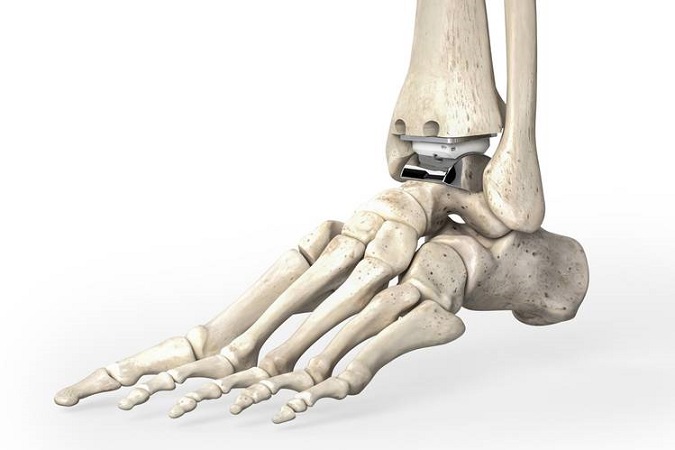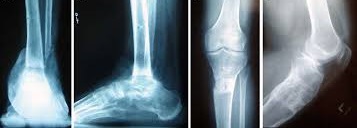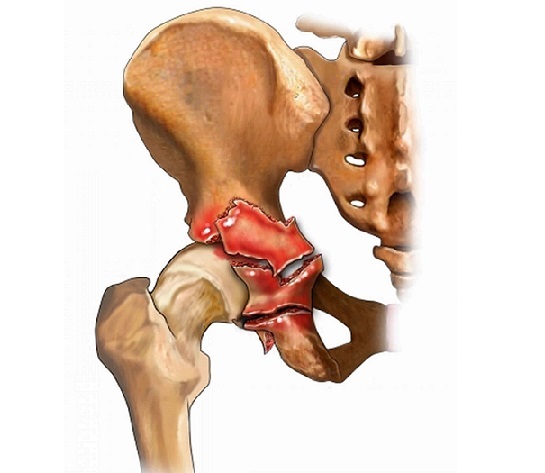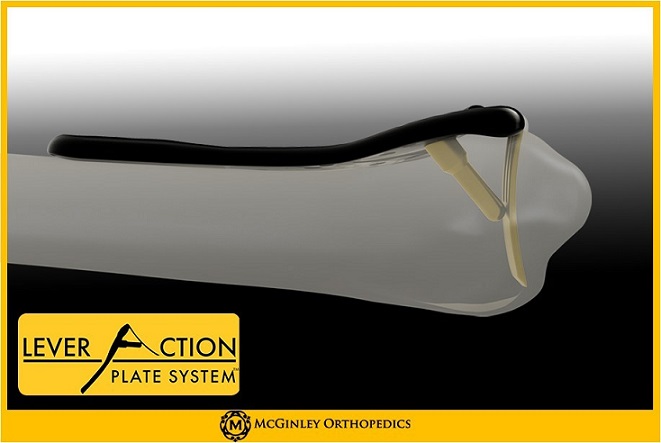Elizabeth Hofheinz, M.P.H., M.Ed.
Presumably, one would like a new ankle to last for more than four years. But, say researchers from Baylor University Medical Center in Dallas, Texas and the Medical University of South Carolina in Charleston, to date there have been no gait studies assessing function at ≥5 years following total ankle arthroplasty (TAA).
This team has rectified that with their recent work, “Functional Outcomes of Total Ankle Arthroplasty at a Mean Follow-up of 7.6 Years,” which appears in the March 17, 2021 edition of The Journal of Bone and Joint Surgery.
Co-author James W. Brodsky, M.D., Director of the Foot and Ankle Surgery Fellowship Program at Baylor, told OSN: “This paper is a culmination of more than 20 years of prospective study of the in vivo biomechanics of patients who had total ankle replacement. It is the longest-term study of objective functional measures of total ankles in the literature, to date.”
Dr. Brodsky, also Clinical Professor of Orthopaedic Surgery at the University of Texas Southwestern Medical School, stated, “The study comes from the Human Motion and Performance Laboratory at Baylor University Medical Center, in Dallas, of which I was the medical director for about two decades. When we first began doing ankle replacement surgery in February 1999, we initiated the study.”
“The goals were to characterize the abnormalities of gait in patients with severe ankle arthritis, and to then measure the changes in function after ankle replacement, and other reconstructions. This series of studies on ankle arthritis primarily compared the surgical results to the patients’ own preoperative function, to understand and quantify the effects of ankle replacement.”
Using a 12-camera digital motion-capture system and double force plates resulted in a 3D gait analysis that recorded temporospatial, kinematic, and kinetic measures in 33 patients who underwent TAA with either the Scandinavian Total Ankle Replacement (Stryker; n = 28) or Salto Talaris Ankle (Integra LifeSciences; n = 5). Each participant underwent gait analysis both preoperatively and at a minimum follow-up of 5 years.
Dr. Brodsky, also Professor of Surgery, Orthopaedics, at the Texas A & M University HSC College of Medicine, told OSN, “We still have so much to learn about ankle replacement. This was the right time to look at our longest-term follow-ups, to see if the improvements in function that we reported previously at an average of about 4-year follow-up were maintained. And they were. This study had almost 8-year average follow-up, almost double of our prior study in JBJS.”
“The study reports relatively long-term functional outcomes of ankle replacement. These were quantified by objective, in vivo measurements of gait. Patients had sustained improvement in multiple objective measures of function compared with their own function before surgery: They walked faster, took longer steps, and had increase ankle range of motion. The minimum follow-up was 5 years, and some of the patients were followed up to 13 years. Despite aging, they did not lose the improvements in ankle power.”
Pick your topic of study
“We need more and bigger and longer-term longitudinal studies of functional outcomes of most types of lower extremity surgical reconstructions. There is so much yet to study.”
“It’s wonderful to have objective data and measures of objective function to help us refine and improve the outcomes of our surgical reconstructions. This is applied biomechanics in real life!”








